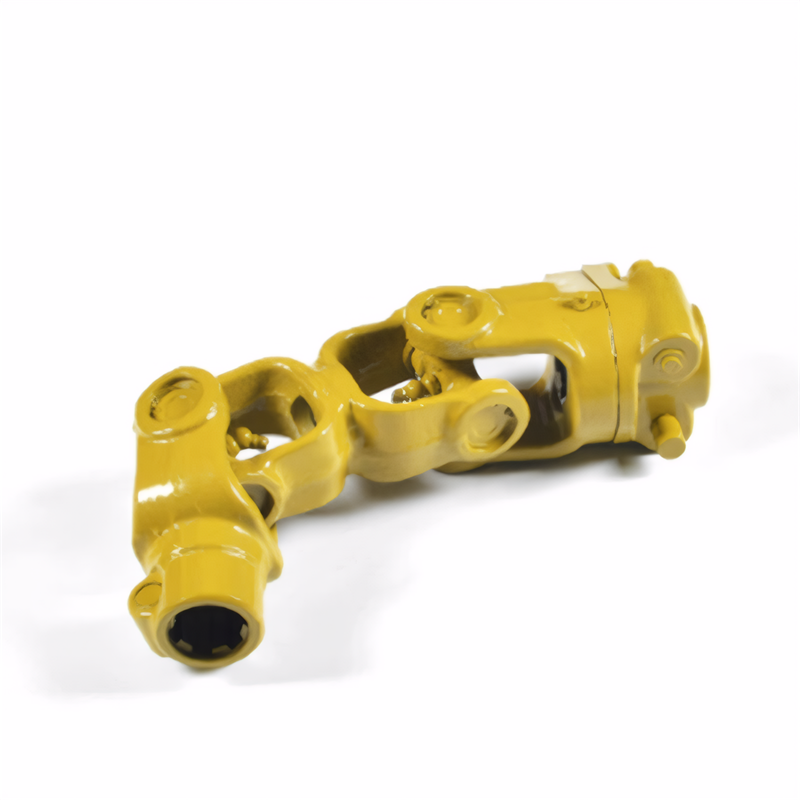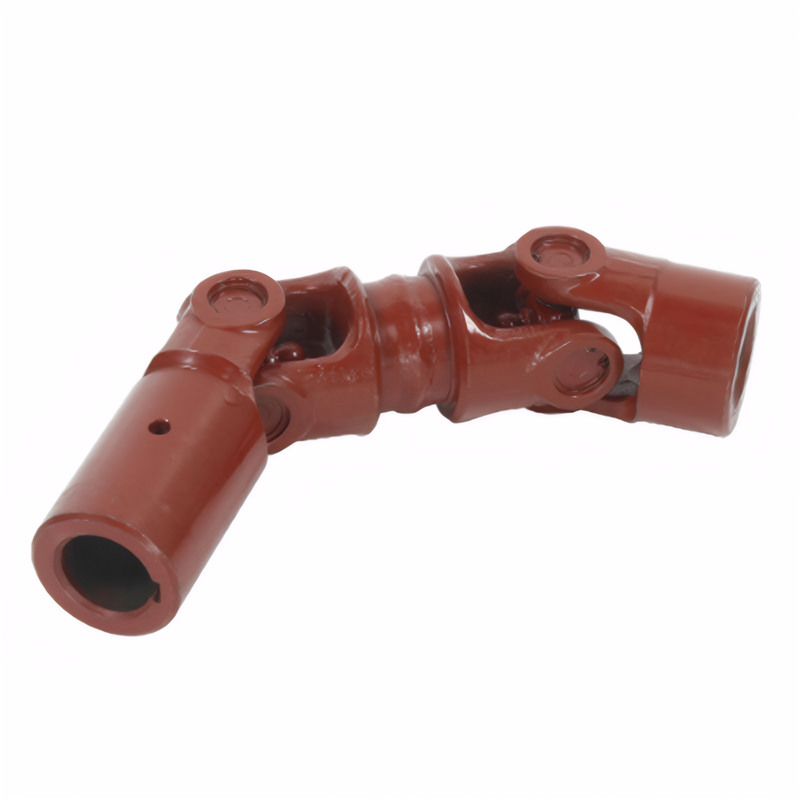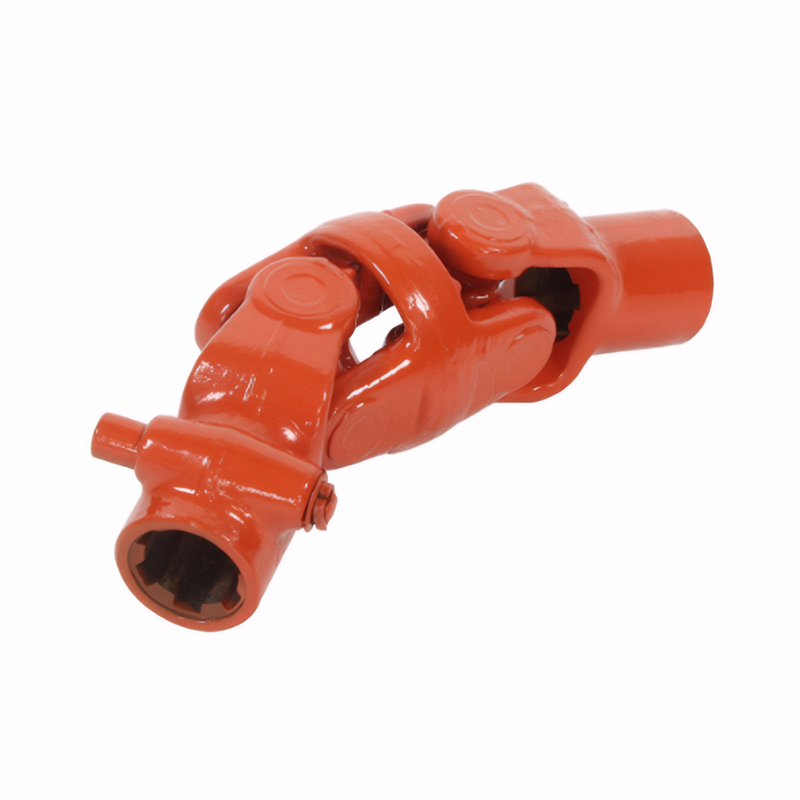Maintenance of the middle support of the drive shaft
Maintenance and Repair of Transmission Shaft Intermediate Support
Understanding the Role of Intermediate Support
The intermediate support is a critical component in long-wheelbase vehicles, designed to stabilize the transmission shaft by compensating for axial and angular displacements caused by engine movement or frame deformation. It consists of a bearing assembly, rubber cushioning elements, and a mounting bracket. The rubber elements absorb vibrations and reduce noise, while the bearing facilitates smooth rotation of the shaft. Over time, wear and tear can lead to issues such as abnormal noises, vibrations, or even transmission shaft failure if left unaddressed.
Common Symptoms of Intermediate Support Failure
Unusual Noises During Operation
A continuous "whirring" or "humming" sound that intensifies with speed often indicates bearing wear or damage. This may be accompanied by a sensation of vibration, particularly during acceleration or deceleration. In severe cases, a "clunking" noise may be heard when shifting gears or applying brakes, signaling loose or damaged components.
Excessive Vibration or Shaft Misalignment
If the intermediate support fails to compensate for displacements, the transmission shaft may exhibit excessive radial runout. This can cause vibrations that are felt through the vehicle’s chassis, steering wheel, or seats. To diagnose this, lift the vehicle and rotate the shaft manually while observing for lateral movement or uneven rotation.
Visible Damage to Components
Inspect the rubber cushioning elements for cracks, deformation, or oil contamination. Check the bearing for signs of overheating, such as discoloration or scoring on the rollers and races. The mounting bracket should also be examined for cracks or distortion, as these can compromise the support’s structural integrity.
Step-by-Step Repair Process
1. Preparation and Safety Measures
Before beginning any repair work, ensure the vehicle is parked on a level surface and secured with wheel chocks. Use a hydraulic jack to lift the vehicle and support it with jack stands. Wear appropriate safety gear, including gloves and eye protection, to prevent injury from sharp edges or falling debris.
2. Removal of the Transmission Shaft
- Disconnect the Driveshaft: Locate the bolts connecting the transmission shaft to the differential and transmission. Use a socket wrench to loosen and remove these bolts, taking care to support the shaft to prevent it from dropping.
- Remove the Intermediate Support: Unbolt the intermediate support bracket from the vehicle’s frame. Depending on the design, this may involve removing multiple bolts or nuts. Once loose, carefully slide the support assembly off the shaft.
3. Inspection and Disassembly
- Examine the Bearing: Check for play by gently rocking the shaft back and forth while holding the bearing housing. Excessive movement indicates worn bearings that require replacement.
- Inspect Rubber Elements: Look for signs of aging, such as cracking or hardening. Replace any damaged elements to ensure proper vibration damping.
- Check the Mounting Bracket: Verify that the bracket is free from cracks or bends. A damaged bracket must be replaced to maintain the support’s stability.
4. Reassembly and Installation
- Lubricate Components: Apply a high-quality grease to the bearing and any moving parts to reduce friction and extend service life.
- Install New Components: If the bearing, rubber elements, or bracket are worn, install new ones according to the manufacturer’s specifications. Ensure all parts are properly aligned during assembly.
- Reattach the Intermediate Support: Slide the support assembly back onto the shaft and bolt it securely to the frame. Tighten all bolts to the recommended torque settings to prevent loosening over time.
- Reconnect the Driveshaft: Align the shaft with the differential and transmission flanges, then reinstall and tighten the connecting bolts. Double-check that all components are properly seated before lowering the vehicle.
Post-Repair Testing and Adjustment
Road Test and Vibration Analysis
After completing the repair, take the vehicle for a test drive to assess its performance. Pay attention to any unusual noises or vibrations, particularly at different speeds. Use a vibration analyzer if available to pinpoint the source of any issues.
Bearing Preload Adjustment
Some intermediate supports feature adjustable preload mechanisms to fine-tune bearing performance. If your vehicle has this feature, follow the manufacturer’s guidelines to set the correct preload. This typically involves tightening a nut or bolt to a specified torque while monitoring bearing resistance.
Regular Maintenance Schedule
To prolong the life of the intermediate support, establish a regular maintenance routine. This includes inspecting the support for damage, checking bolt tightness, and lubricating moving parts at recommended intervals. Additionally, avoid overloading the vehicle or driving on rough terrain, as these conditions can accelerate wear and tear.
 Accuracy requirements for the
Accuracy requirements for the
 Selection of universal joint t
Selection of universal joint t
 Standard for coaxiality error
Standard for coaxiality error
 Requirements for the surface r
Requirements for the surface r
 简体中文
简体中文 English
English
